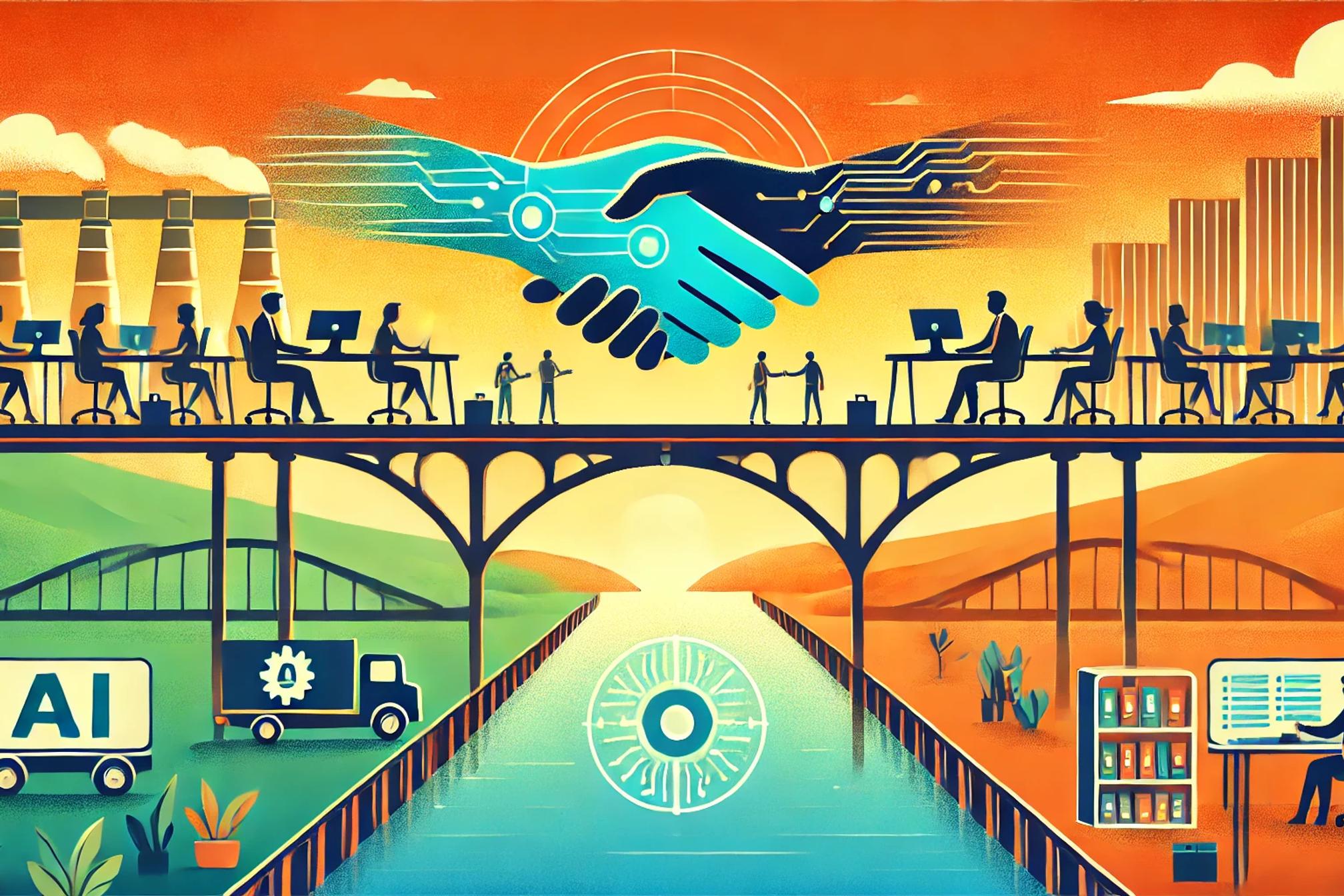Sunday, January 1, 2025
Building Trust in AI: Meeting Users Where They Are


The conversation around AI has become increasingly polarized. Headlines swing between promises of technological utopia and warnings of existential risk. But while thought leaders debate AI's future impact, a quieter revolution is already underway: AI is slowly earning trust by taking on the mundane, repetitive tasks that fill our workdays.
Trust Through Utility, Not Promises
The path to trust in AI isn't through grand promises or philosophical debates. It's through consistent, reliable help with the work people already do. Think about how you came to trust your smartphone: not through marketing promises, but through countless small moments where it proved useful – helping you navigate, remember appointments, or stay connected with family.
AI can earn trust the same way: by helping with existing workflows, using familiar tools, and delivering reliable results.
The Power of Taking Away Pain
People don't need to be convinced to use tools that make their lives easier. Consider email – despite universal complaints about overflowing inboxes, it remains the backbone of business communication because it works. It's universal, keeps records, and integrates with everything.
This presents an opportunity: instead of asking people to learn new AI interfaces or change their workflows, what if AI could simply take away the parts of their existing work that they already dislike?
Starting With What People Already Know
The most successful AI implementations aren't trying to revolutionize how people work. Instead, they're focusing on:
- Familiar Tools: Working through existing channels like email rather than requiring new apps or portals
- Existing Workflows: Enhancing rather than replacing current processes
- Clear Boundaries: Being explicit about what the AI can and cannot do
- Predictable Results: Delivering consistent, reliable outcomes
- Gradual Integration: Starting with simple tasks and building up as trust grows
The Reality of AI Integration
The current discourse about autonomous AI agents disrupting entire industries misses a crucial point: most people don't want their work completely automated. They want help with specific, often tedious, parts of their job so they can focus on what they do best.
Consider a lawyer reviewing contracts. They don't want AI to handle entire cases – they want help with the initial document review so they can focus on strategy and client relationships. Or think about a marketing manager – they don't want AI to run their campaigns, but they'd love help analyzing performance data and drafting initial reports.
Building Trust Through Predictability
Trust in AI grows when:
- Results Are Consistent: Users know what to expect each time
- Boundaries Are Clear: The system is upfront about what it can and cannot do
- Control Remains: Users can easily verify and modify AI outputs
- Privacy Is Protected: Data handling is transparent and secure
- Value Is Immediate: Benefits are clear and measurable
The Email Gateway to AI Trust
Email provides a perfect example of how AI can build trust through familiar channels. Everyone already knows how to use email, and most professionals spend significant time in their inbox. By delivering AI capabilities through email, we can:
- Eliminate Learning Curves: Users already know how to send emails
- Maintain Context: Work happens where users already are
- Preserve Records: Email naturally keeps an audit trail
- Enable Verification: Results can be easily reviewed and shared
- Scale Gradually: Start with simple tasks and expand based on comfort
Real Trust Comes From Real Work
The key to building trust in AI isn't through marketing or promises – it's through consistent delivery of valuable work. When AI helps people:
- Complete tedious tasks more quickly
- Avoid repetitive work
- Focus on higher-value activities
- Maintain control over their workflow
- See clear, measurable benefits
...trust follows naturally.
Moving Forward
As we integrate AI into more aspects of work, the focus should be on:
- Meeting Users Where They Are: Work through existing tools and processes
- Starting Small: Begin with clear, bounded tasks
- Building Gradually: Expand capabilities as trust grows
- Maintaining Control: Keep humans in charge of important decisions
- Delivering Consistency: Focus on reliable, predictable results
Conclusion
The path to widespread AI trust isn't through revolutionary change – it's through evolutionary improvement of existing workflows. By helping people do their current work better, rather than trying to completely reinvent how they work, AI can earn trust one task at a time.
The future of AI isn't about replacing human work – it's about enhancing it. Trust will grow naturally as AI proves itself in countless small moments, making each day's work just a little bit easier, one task at a time.